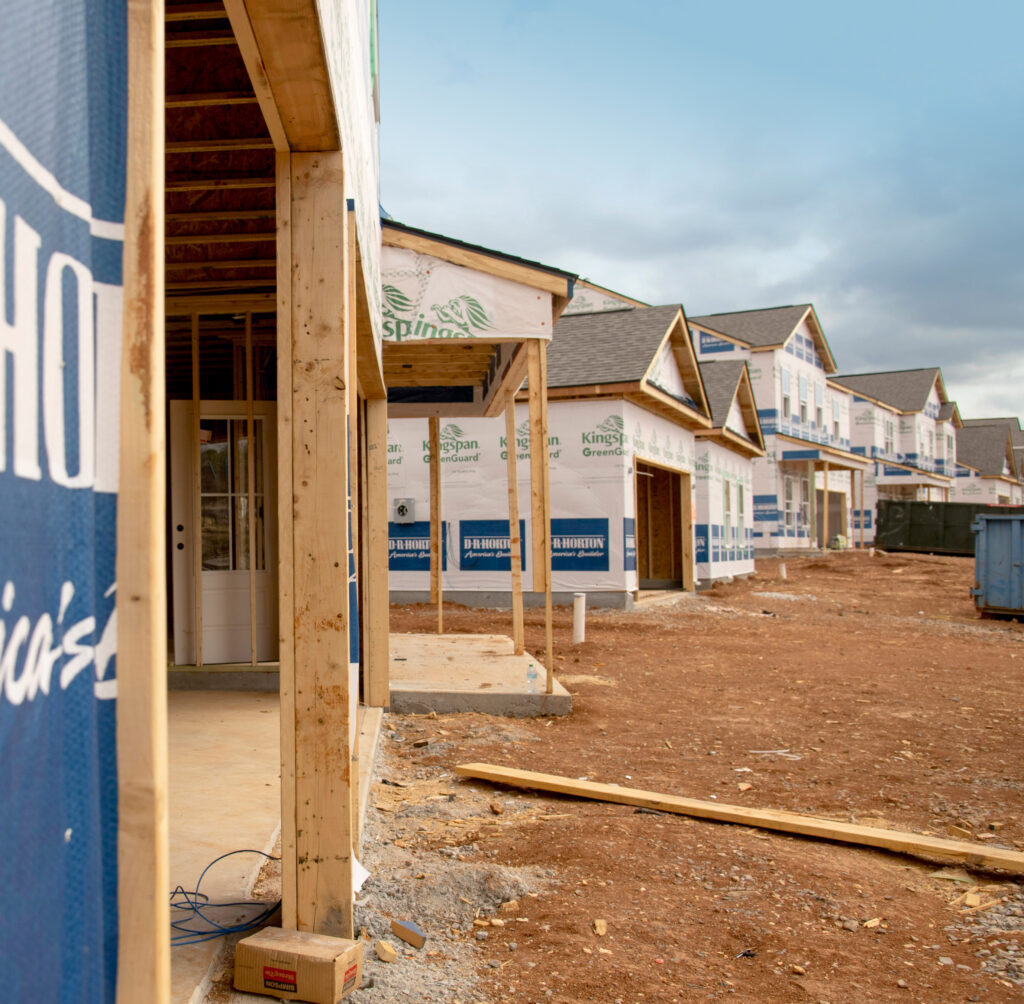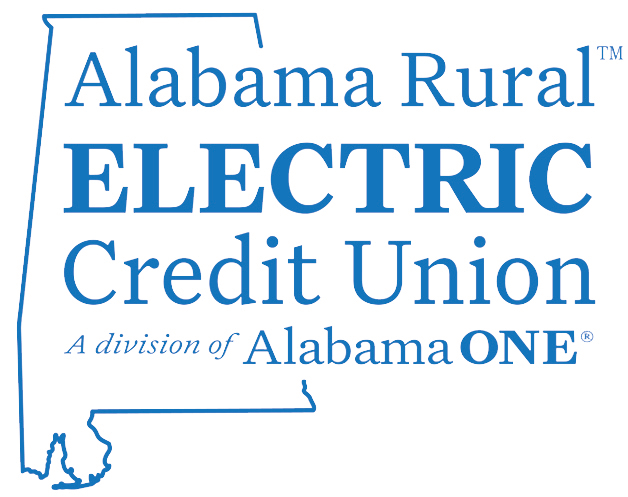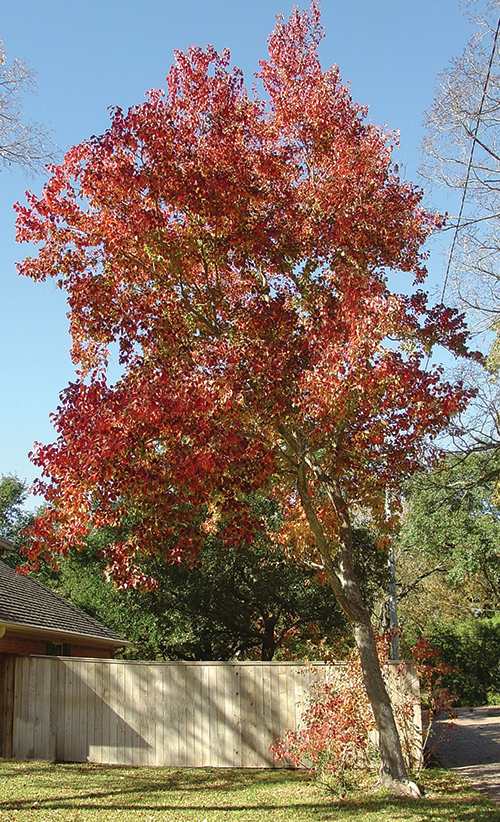What are some energy efficiency upgrades I should consider when building a new house?

Prioritizing energy efficiency when building a new home can create future savings and make living more comfortable. It might cost a little more upfront but will pay off in the long run.
Let’s explore two approaches: Following an energy efficiency certification plan or adding energy efficient designs and equipment to your construction project.
There are several efficiency certifications available for new-construction homes that may qualify for discounted homeowner’s insurance, tax credits and other incentives.
Leadership in Energy and Environmental Design (LEED) certification ensures the home uses less energy while prioritizing sustainable resources and healthy indoor air quality. LEED-certified homes use 20% to 30% less energy than the average home — with some homes saving up to 60% — and can cost the same as non-LEED homes with proper planning, according to the U.S. Green
Building Council.
Passive House certification requires the home to be so efficient it needs little to no heating and cooling equipment while remaining comfortable for its occupants. To achieve up to 90% less energy use than the average home, the certification focuses on maximizing the efficiency of the building envelope — all components that separate the indoors from the outdoors — including proper insulation levels, air sealing and high-efficiency windows.
ENERGY STAR NextGen Certification for New Homes recognizes houses that are 20% more efficient than the average home and help reduce greenhouse gas emissions by 40% to 80%.
Although various certifications are available, you don’t have to follow a set guide. Consider adding these energy efficiency principles to your new home build.
Advanced framing techniques maximize the amount of insulated area and save on material costs in wood-framed homes. This technique can save up to $500 for a 1,200-square-foot home and $1,000 for a 2,400-square-foot home on material costs, between 3% to 5% on labor costs and up to 5% on annual heating and cooling costs, according to the U.S. Department of Energy. Choose a contractor who is familiar with these techniques, and check with your local building officials to ensure compliance with local codes.
The importance of a home’s orientation is often overlooked. According to the International Association of Certified Home Inspectors, homes oriented to the path of the sun use less energy for heating and cooling to reduce energy bills and improve comfort.
If you are building or buying a new home that doesn’t allow options for orientation or framing, you might be able to request higher insulation levels in the attic. Increasing the insulation levels likely won’t cost much more for materials and labor, but it can help you use less energy and save money in the long run.
Heating and cooling equipment should be properly sized using energy modeling tools that calculate the home’s heating and cooling needs. Investing in a more efficient building envelope that is well insulated and air sealed can reduce the home’s heating and cooling load, making it possible to have a smaller, less expensive heating and cooling system. This saves money on equipment costs and lowers energy use.
Optimizing the efficiency of a new home requires a whole-house approach. Analyze all systems and how they work together to ensure maximum efficiency for a safe and comfortable home. Stay tuned for next month’s column, which will include efficiency advice for older homes.
Miranda Boutelle is the chief operating officer at Efficiency Services Group in Oregon, a cooperatively owned energy efficiency company. She has more than 20 years of experience helping people save energy at home, and she writes on energy efficiency topics for the National Rural Electric Cooperative Association, the national trade association representing nearly 900 electric co-ops.




